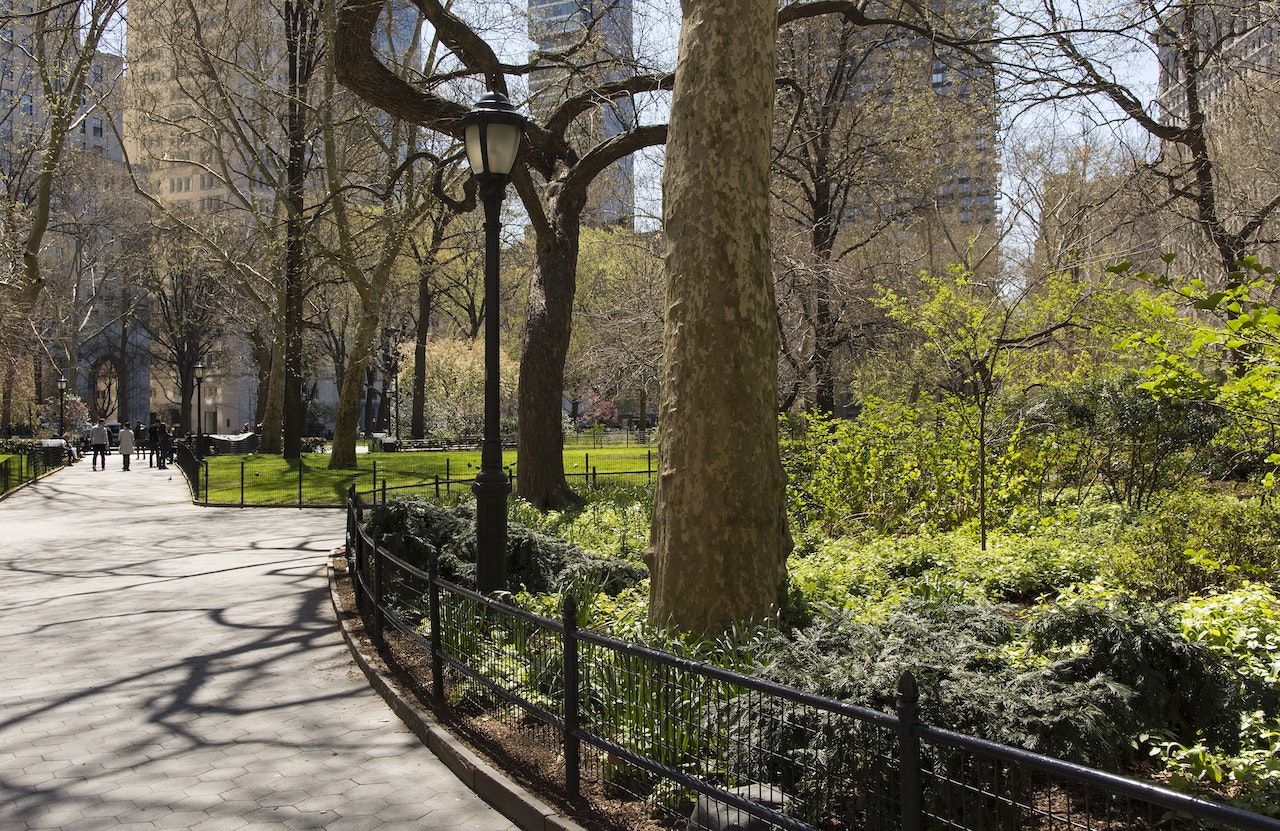Urbanization has been viewed as a milestone in human development and also as a marker of progress for a community. While living in an urban city area comes with many benefits and perks, there can be some significant drawbacks to health that can catch some newcomers to living in the city off guard.
Let’s discuss some of the major issues that arise from living in heavily populated and urbanized areas and the effects they have on your health.
What is an Urban Area?
An urban area is a geographical location with a high population density and the built environment infrastructure to support the population to an extent. Urban areas include cities, towns, suburbs, and their surrounding areas. Over half of the world’s population calls urban areas their home and this number is expected to grow over the next few decades to a clear majority of the world’s population living in urban areas within the next thirty years.
People find urban areas attractive for many reasons, such as more job opportunities, easy access to shops, public transportation, and residing close to amenities such as parks and libraries. While urban areas can offer some unique cultural and social advantages, there are also some significant disadvantages, particularly for health.
Looking to learn a little more about what we do? Learn all about us here.

How Does Living in Urban Areas Affect Health?
There are a few factors that can affect health while living in an urban area, such as a city. Here are some of the factors that impact the health of populations living in urban areas.
Air Pollution
The vast majority of those living in urban areas experience a significant amount of air pollution, with 80% of the urban population breathing in dirty and polluted air that exceeds guidelines set by the World Health Organization. Pollutants in the air like nitrogen dioxide, PM2.5, and PM10 are in much higher concentrations in urban areas due to the concentration of people living in one location.
The single largest cause of nitrogen dioxide pollution is vehicle traffic. While there are many other causes of nitrogen dioxide, such as commercial cooking, construction of buildings and infrastructure, and generators, privately owned vehicles are considered the most significant factor contributing to it.
PM2.5 is particulate matter that measures smaller than 2.5 micrometers in diameter. PM10 is particulate matter that is slightly larger than an average speck of dust at 10 micrometers in diameter. Since these pollutants are so small, they are easily inhaled into the deepest parts of the lungs and can cause significant health issues.
Both PM2.5 and PM10 include pollutants such as dust, smoke, and soot. Studies have shown that PM2.5 and PM10 come from the byproducts created from the combustion of various fuels, including gasoline, diesel fuel, wood, and oil.
Air pollutants like these can cause various health issues, especially to your cardiovascular and respiratory systems, such as coronary heart disease, asthma, bronchitis, cancer, respiratory infections, and much more. While close to nine out of ten people living in urban areas are affected by air pollution, some populations are especially vulnerable such as those with chronic illnesses, children, and the elderly.
Related: Community-Level Factors Explain Some Racial Disparities in COVID-19
Noise Pollution
Noise pollution is harmful or annoying noise that exceeds 65 decibels. While noise generally does not become directly harmful to a person’s ears until it is at 85 decibels, it can still cause significant damage to your health.
Noice-induced hearing loss is the most common and immediate health issue associated with noise pollution, but more serious health conditions can be caused. Studies have linked noise pollution in urban environments to high blood pressure, insomnia, stress, type 2 diabetes, and even heart disease.
Not only do people living in urban areas suffer from the negative physical health effects of noise pollution, but they also have to deal with the psychological effects of it too. Living with noise pollution can increase a person’s feelings of anxiety and depression, leading to a decrease in their overall well-being. It can also cause difficulty focusing, leading to decreased productivity.
Humans are not the only ones affected by noise pollution, as animals can also feel the effects of noise pollution.
Mental Health
Living in urban areas can have a noticeable impact on mental health. Stress caused by noise and air pollution, overcrowding, lack of green spaces, and the high-tempo pace of city life can cause various mental health conditions such as anxiety and depression.
Dealing with noise and air pollution has a negative effect on mental health since constantly dealing with loud noises, and smog can easily lead to getting agitated and irritated. The constant bombardment of pollution stressors can also exacerbate existing conditions, such as pre-existing anxiety and depression, and even cause new cases to develop.
Overcrowding is a common theme in many urban areas, especially in metropolitan areas. This can become a major stressor as it can lead to feeling isolated while simultaneously feeling overwhelmed by the number of people around them. Often, this can lead to psychological distress, which can affect how you behave and cope with stressful conditions.
Dealing with the fast pace of city living can also be a source of stress. The constant stress and stimuli that comes with the hustle and bustle of living in the city can place the body in a constant state of fight or flight response. This can easily lead to various mental health concerns, such as burnout and substance use.
Related: Cognitive-Behavioral Therapy Cuts Anxiety, Depression in Heart Patients

Lack of Green Spaces
Studies have shown that exposure to nature and greenery that can be found in green spaces greatly benefit mental health. Examples of green spaces include parks, nature trails, rooftop gardens, and community woodlands.
Unfortunately, there is not enough access to green spaces in many densely populated urban areas. This can lead to feeling isolated and disconnected from nature, which can cause many physical and mental health issues. Without a green space to encourage a community to be active, people there experience higher rates of obesity, diabetes, and high blood pressure.
Living a Sedentary Lifestyle
One of the most dangerous things you can do while living in an urban environment is to live a sedentary lifestyle. Living a life of physical inactivity can greatly increase all causes of mortality and can greatly increase the risks of obesity, cardiovascular disease, and certain cancers. A sedentary lifestyle can also raise the risk of mental health conditions such as depression and anxiety.
Inadequate Sanitation Services
Due to the overcrowding many urban areas experience, there may be inadequate sanitation services to serve the population properly. Without a proper sanitation system, exposure to insect-borne diseases and waterborne illnesses significantly increases, increasing the burden of disease and the mortality of the local population.
When sanitation services are unable to keep up with the demands of an urban center, waste such as trash and wastewater tends to accumulate faster than the sanitation services can clear them. Standing water and waste provide a rich breeding ground for rodents and insects that carry disease.
According to the World Health Organization, over 800,000 people die annually due to a combination of poor sanitation and inadequate water, with over 400,000 cases where poor sanitation was the leading cause of death.
Diarrhea caused by inadequate sanitation services is a major killer of children under five years of age and claims the lives of nearly 300,000 children annually. Better sanitation, hygiene, and more access to water could have saved these young lives.
Are you looking for the best way to stay up-to-date with the latest medical news? Subscribe to our newsletter to receive the latest news straight to your inbox.
Final Thoughts
While there are a lot of benefits to living in an urban area such as a city, town, or suburb, there are a considerable amount of health downsides that come along with those amenities. From the greatly increased air and noise pollution, the stress of living in an extremely fast-paced and busy urban environment, and inadequate sanitation services, it is apparent that there is a significant impact on our health.
It is important to be aware of the potential risk to our health that arise from living in an urban area and take the steps needed to mitigate these dangers in order to protect ourselves.









